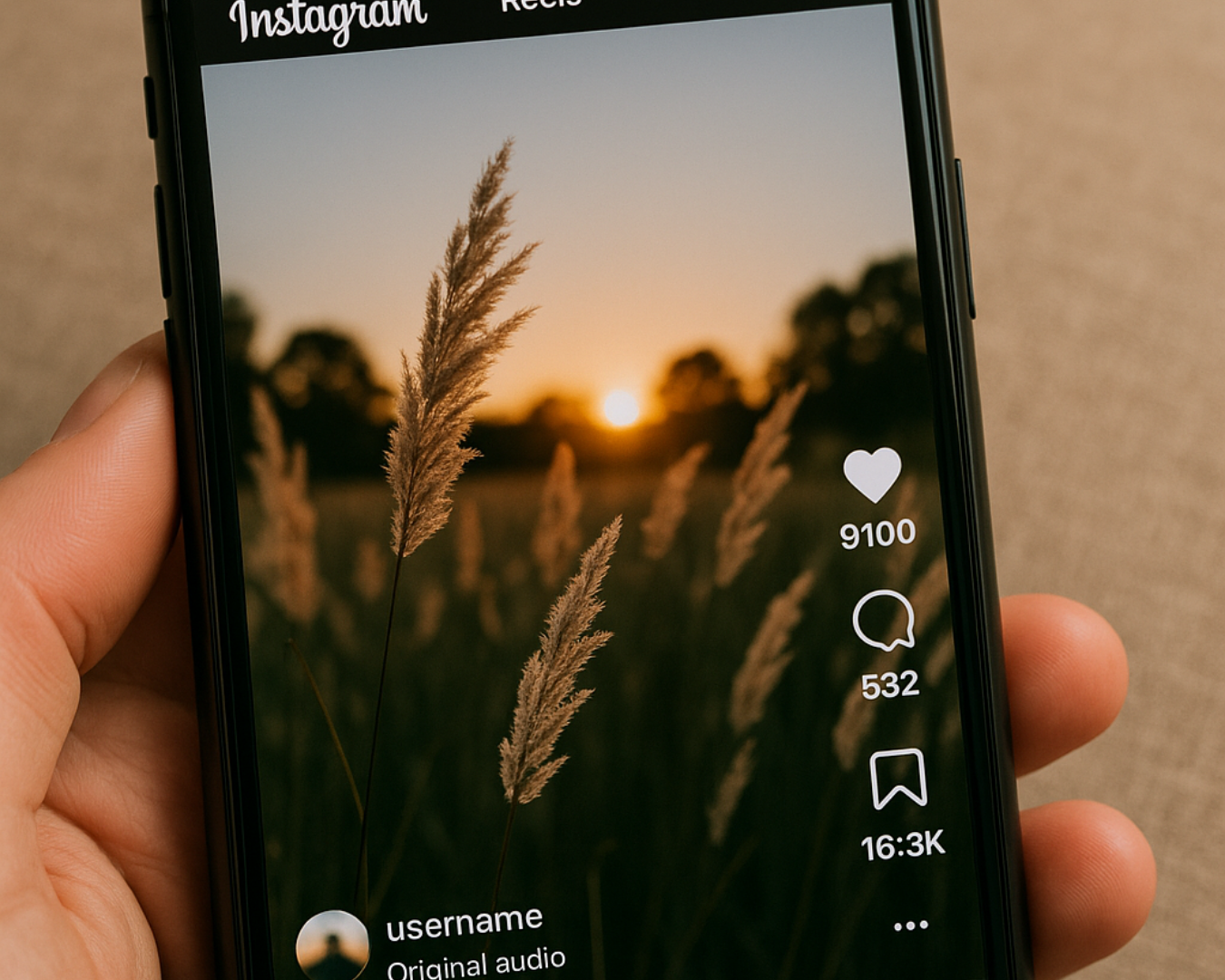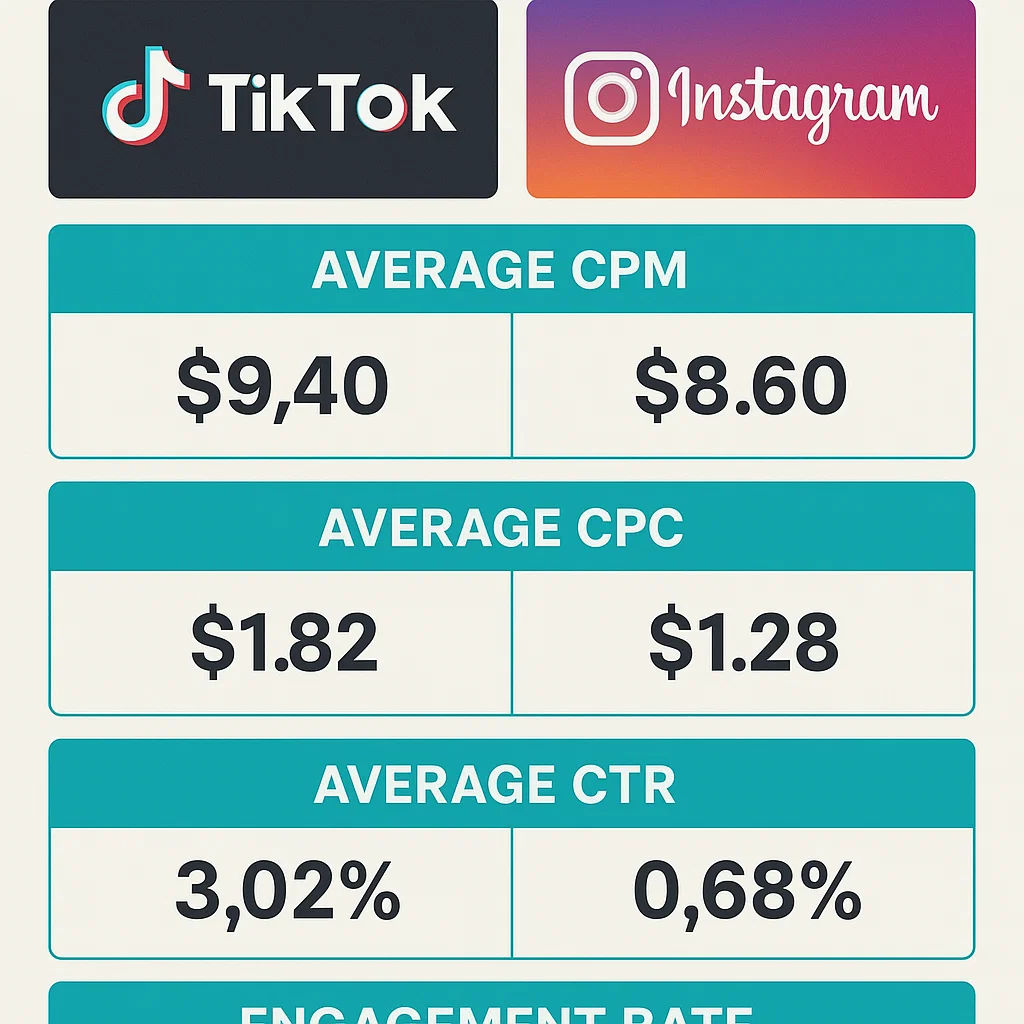
Remember when growing on Instagram was as simple as posting a pretty photo with a good filter? Fast forward to 2025, and the game has completely changed. The platform has matured, competition has skyrocketed, and the algorithm is smarter than ever. For small businesses, this means you need more than luck—you need a strategy.
But here’s the good news: Instagram still offers incredible reach, engagement, and conversion opportunities—if you understand how to play the game. With new tools like Reels templates, AI-powered captions, and advanced analytics, small brands can stand out without a massive marketing team.
In this guide, we’ll walk you through exactly how to create an Instagram growth strategy 2025 that works—starting with content planning, then moving into engagement tactics, and finally exploring how to navigate the ever-changing algorithm.
Understanding the Instagram Algorithm 2025

To win on Instagram, you have to understand what drives visibility. In 2025, the algorithm prioritizes engagement quality, content type, and viewer behavior. Here’s what matters most:
- Time spent on post (watching Reels, swiping carousels)
- Saves and shares, not just likes
- DM replies from Stories and posts
- Consistency over time, not just viral moments
Reels, carousel posts, and Stories all feed the algorithm’s appetite for content that keeps users engaged longer. Instagram also now uses AI to predict which users are most likely to engage, so your content needs to resonate with your niche, fast.
Tip: Responding to comments and DMs boosts your post ranking by signaling community engagement. Treat every interaction like a growth opportunity.
What to Post: Content Types That Drive Engagement

Content creation is at the heart of any Instagram growth strategy 2025. If you’re looking to improve reach and interactions, check out our proven Tactics to Boost Likes, Comments, and Shares for actionable tips.
Reels
- Short-form video remains king. Use trending audio, visual hooks, and storytelling.
- Try Reels templates if video editing isn’t your strength.
Carousels
- Educational posts (“5 tips…”), mini case studies, and tutorials perform well.
- Include a hook on the first slide and a CTA on the last.
Stories
- Polls, Q&As, behind-the-scenes—it’s where trust is built.
- Add links, product tags, and countdowns for launches or events.
Static Posts
- Still useful for aesthetic branding or sharing testimonials.
- Add long-form captions to tell a deeper story.
Want to learn more about mastering content across platforms? Check out Social Media Management in 2025: Strategies That Actually Grow Your Brand.
Using Reels, Stories & Lives for Business Growth

If you’re not using Instagram’s native features, you’re missing out. Here’s how to make each one work for your small business:
Reels = Reach
The algorithm pushes Reels more than any other format. To grow followers and increase visibility, post 2–3 Reels a week—focus on relatable pain points, product demos, and transformations. Add trending audio and use on-screen text for silent viewers.
For inspiration, Instagram’s @creators Reels trends page shares weekly insights on trending audio and successful content formats used by small businesses.
Stories = Trust
Stories let you show the unpolished, real side of your business. Share FAQs, packaging processes, or customer shoutouts. Use the “Add Yours” sticker to spark user-generated content.
Lives = Depth
Live videos are underused but highly effective. Go live weekly with tips, product reveals, or Q&As. Lives send strong signals to the algorithm and notify followers directly—great for boosting engagement.
Weekly Instagram Content Plan Template
Struggling to stay consistent? Here’s a basic plug-and-play content plan you can customize:
| Day | Format | Idea Example |
|---|---|---|
| Monday | Reel | Quick product demo or tutorial |
| Tuesday | Carousel | “5 tips” related to your niche |
| Wednesday | Story | Behind-the-scenes or poll |
| Thursday | Static | Customer testimonial or quote |
| Friday | Reel | Answer a FAQ or show results |
| Saturday | Story | Share user-generated content |
| Sunday | Rest or go Live | Weekly recap or Q&A |
Use tools like Later or Metricool to schedule your posts and track performance. For a more advanced, automated content workflow, see how we integrate ChatGPT, Canva, and Sheets in this social media automation guide.
Hashtag Strategy & Caption Optimization Tips
Hashtags still matter in 2025—but only when they’re used with intent. Here’s how to make yours count:
Hashtag Tips:
- Use a mix of niche-specific, branded, and trending hashtags.
- Avoid overstuffing—8 to 15 is the sweet spot.
- Create a “hashtag vault” in your Notes app to rotate and test sets.
Caption Optimization:
- Start with a scroll-stopping hook (question, bold statement, stat).
- Use emojis and line breaks to improve readability.
- End with a clear CTA (comment, save, tag, or click link in bio).
Tools like Later’s hashtag suggestion tool can help you discover niche and trending hashtags tailored to your brand or content theme.
FAQs: Instagram Growth for Small Businesses
How many times should a small business post on Instagram per week?
3–5 times per week is ideal, especially if you’re mixing formats (Reels, Stories, carousels). Quality matters more than quantity, so batch create content when possible.
What time should I post on Instagram in 2025?
Use Insights to track when your audience is most active, but late mornings and early evenings generally perform best. Scheduling tools can help you test and optimize timing.
Is it still worth using hashtags?
Yes—but strategically. Use a mix of relevant, niche-specific hashtags rather than generic ones like #love or #instagood. Focus on discovery and SEO within Instagram’s search bar.
How long does it take to grow on Instagram today?
It depends on your consistency, niche, and content quality. With a solid strategy, many small accounts see meaningful growth (1k+ followers/month) within 3–6 months.
Conclusion: Show Up, Stay Consistent, and Let Instagram Work for You
In 2025, growing on Instagram isn’t about chasing the latest trends or trying to outsmart the algorithm. Instead, it’s about showing up consistently, creating content with purpose, and building real connections with your audience. And the good news? You don’t need to be a full-time content creator to make it work.
By now, you’ve seen how Reels can expand your reach, how Stories can build trust, and how a simple yet strategic content plan can keep you on track without burning out. When used together, these tools allow small businesses to compete in a crowded space without feeling like they have to do it all.
Most importantly, remember this: the algorithm rewards engagement, not perfection. So, rather than focusing on flawless visuals or viral moments, focus on serving your audience consistently. Over time, that’s what builds brand loyalty and measurable growth.
So, as you move forward, take what you’ve learned here and apply it step by step. Start small, track what works, and adjust as needed. With a smart strategy and a bit of persistence, Instagram can become one of the most valuable tools in your business toolkit.

